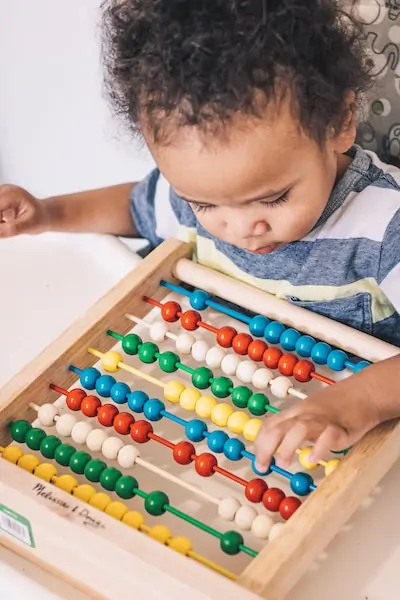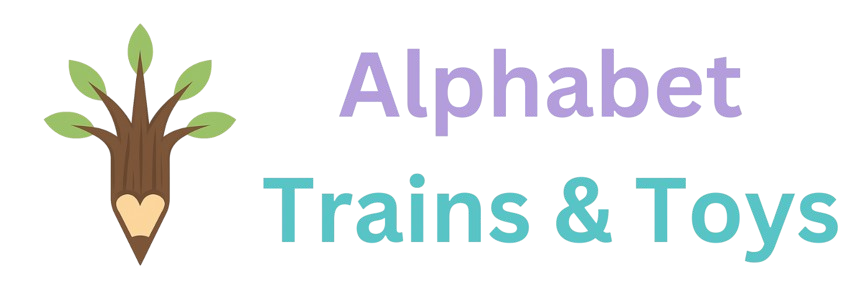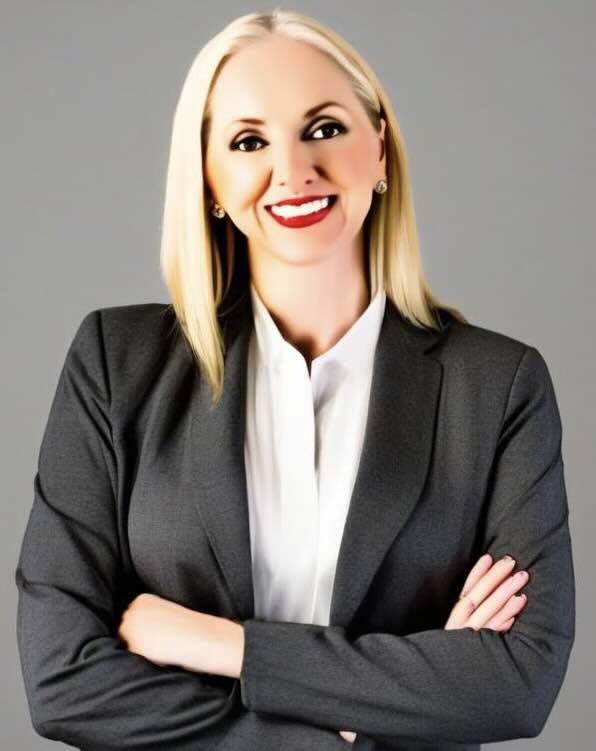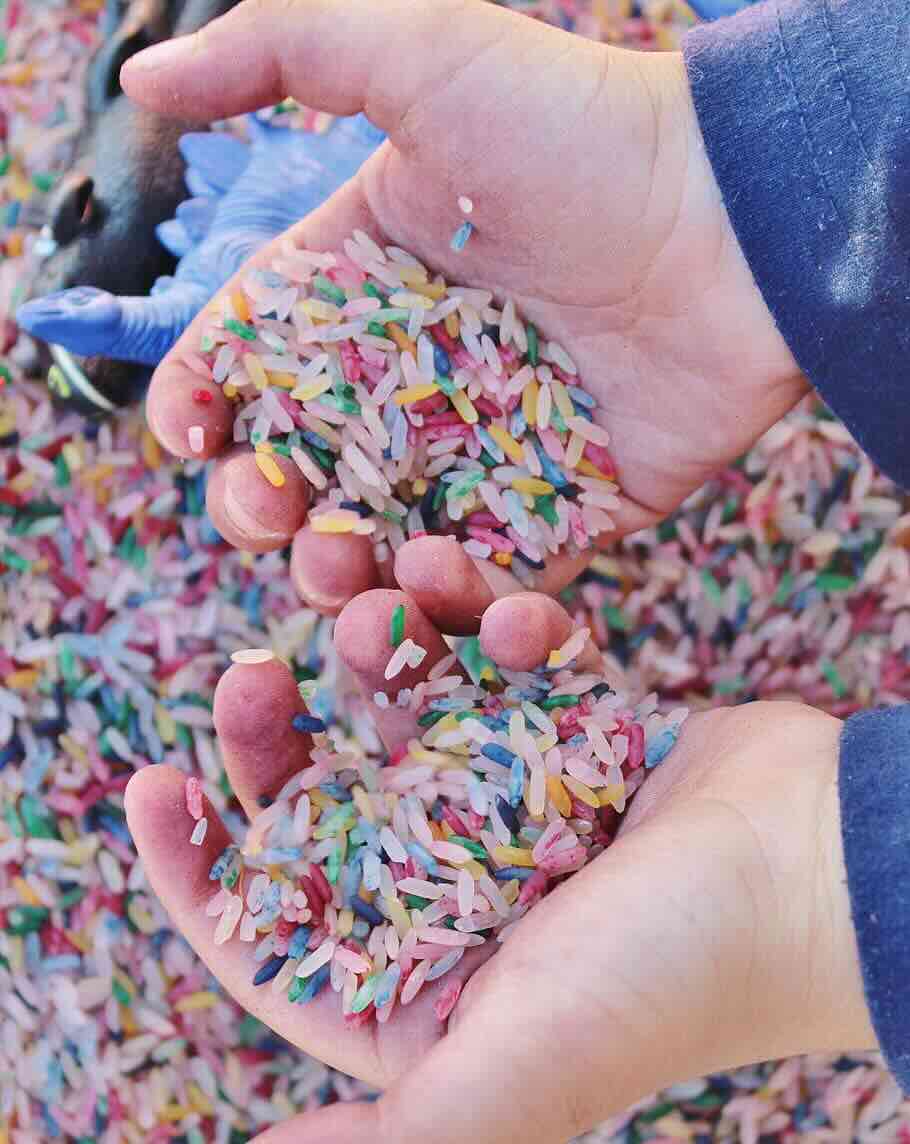Children love toys! That’s an undeniable fact. Interests may differ, but every child lights up at the sight of toys. We've all seen “THE Tantrum” at the mall for just one special toy, right? While some parents may think toys are just a distraction, the truth is—they can be powerful learning tools. Especially when we’re talking about educational toys.
This article will explain what educational toys are, why they matter, and how they support your child’s development in a Montessori environment.

What Are Educational Toys?
Educational toys are designed to help your child develop specific skills through play. Interactive toys are especially important in Montessori learning because they encourage exploration, concentration, and self-directed learning.
Some toys focus on fine motor skills (like Montessori Sorting Beads), while others improve gross motor skills (like motor shapes). Many toys also engage your child’s senses, which is essential during the early years when children use sight, touch, sound, taste, and smell to explore the world.
Examples of sensory play include sandbox digging, stacking blocks, finger painting, play dough, and bead threading. The toys used—like sand boxes, lacing toys, and Montessori stacking rings—are all educational tools.
As children grow, they’ll need toys that support both physical activity and cognitive challenges. These might include wooden building blocks, puppet theaters,or drawing boards & art easels.
Looking for the right fit? Check out our guide to Montessori toys for help choosing the perfect tools for your child’s growth stage.
The Role of Educational Toys in Montessori Learning
Montessori classrooms focus on the whole child—that means emotional, cognitive, and physical development. Toys play a major role in supporting this vision.
Motor skills are split into two types:
- Gross motor skills – big movements like running, jumping, and climbing. Toys: skipping ropes, soft balls, or balance boards.
- Fine motor skills – small movements like grasping or pinching. Toys: wooden bead, child-safe scissors, or lacing cards.
Sensory skills are closely connected to fine motor development. A toy that encourages grasping also stimulates the sense of touch—boosting both at once.
Let’s take an abacus as an example. It helps with counting, develops the pincer grip, and improves color recognition. That’s a triple win.

Montessori toys made from natural materials like wood and metal help children learn about textures, temperature, and weight. For example, shaking a wooden bell teaches cause and effect—“If I shake it, it rings!”
They also help develop independence. Your child chooses what to play with, makes decisions on how to play, and solves small challenges—like how to move a tower of blocks across the room.

Montessori toys aren't just entertainment—they're tools to build confidence, logic, and independence through meaningful play.
How Interactive Toys Enhance Focus in Montessori Learning
Interactive toys like sensory treasure blocks, wooden puzzles, and stacking toys help children improve their focus and attention span. These hands-on activities build patience and concentration—two cornerstones of Montessori learning.
Benefits of Interactive Toys for Cognitive Development
From shape sorters to Montessori peg boards, Montessori toys promote logic, sequencing, and critical thinking. Since children are encouraged to explore these toys independently, they also develop resilience and confidence while learning.








